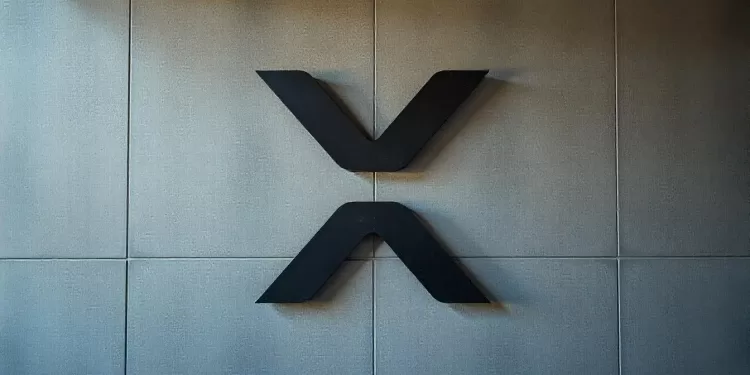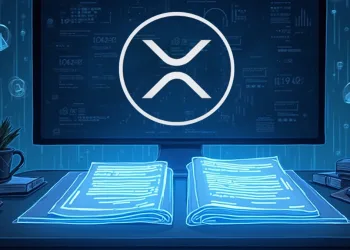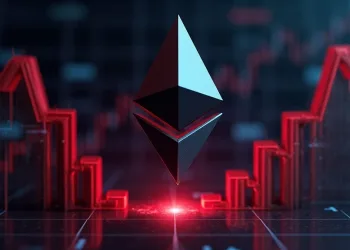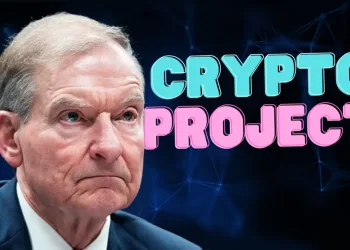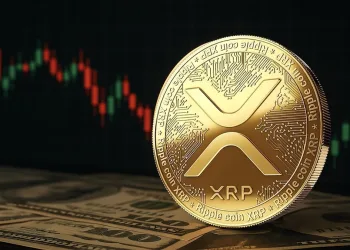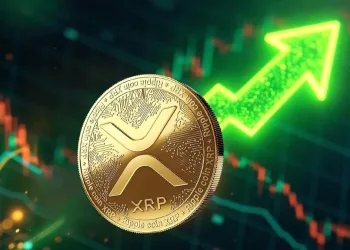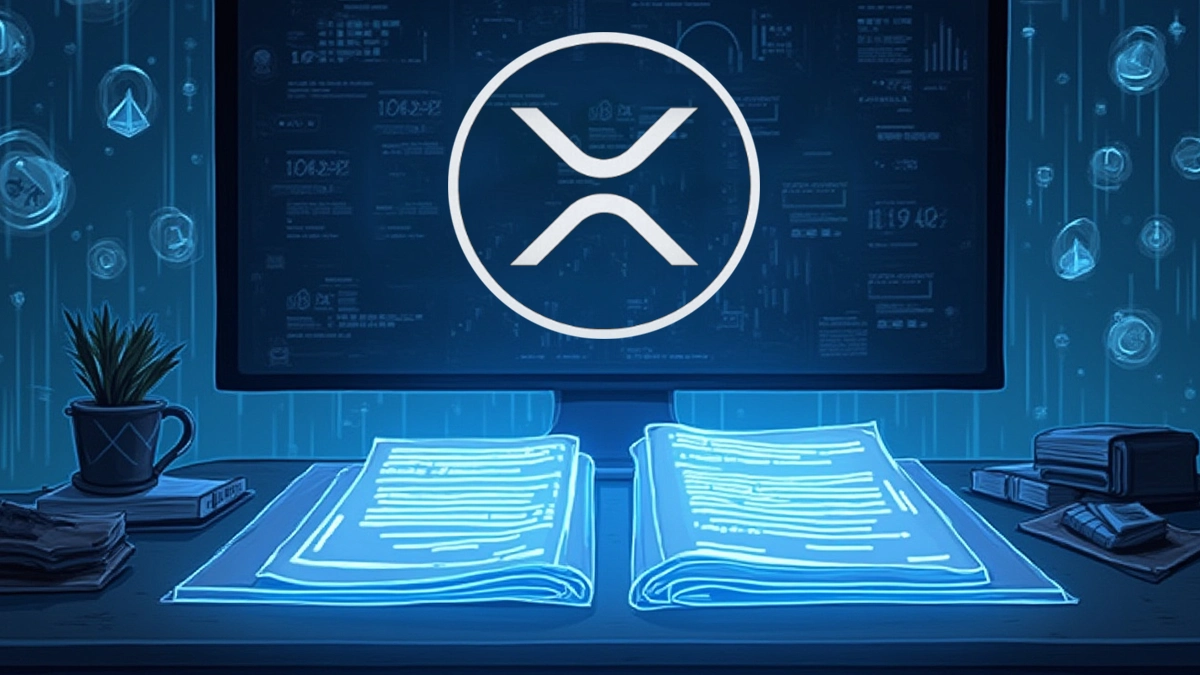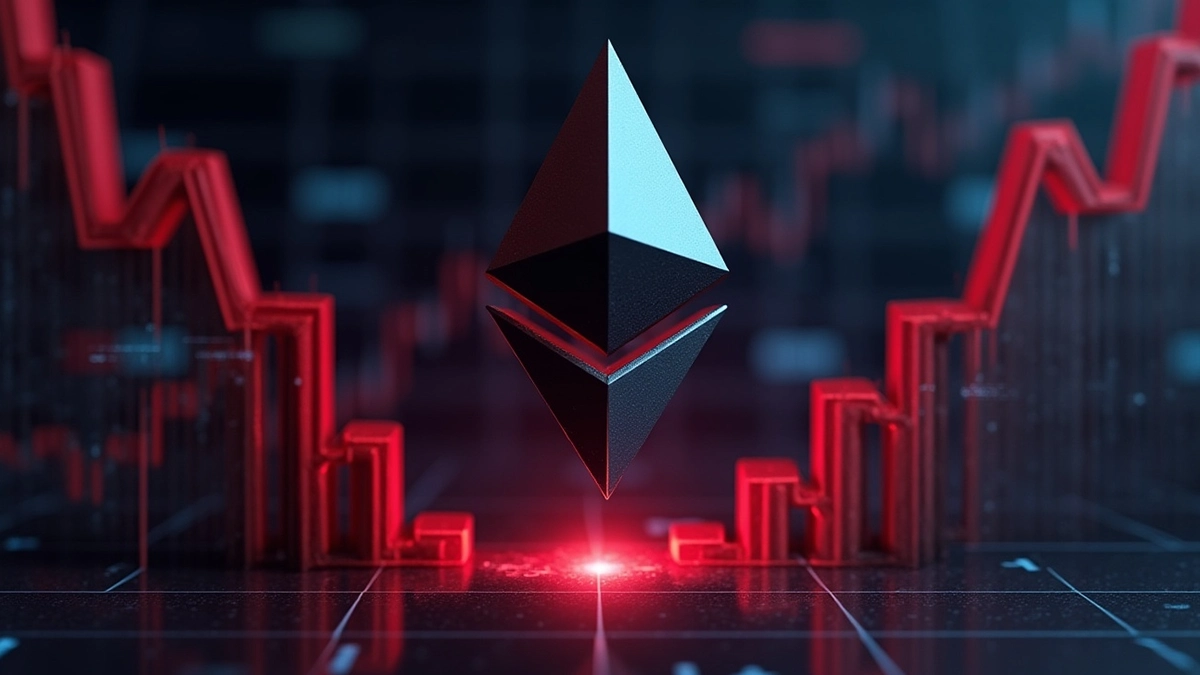- The legal view classifies XRP as inherently a security which guides regulatory decision-making.
- Indexes of XRPL’s consensus protocol function properly yet doubts remain about system administration and management.
- XRP faces bearish market conditions across brief periods due to legal and regulatory factors which affect its pricing behavior.
The regulatory status of XRP and the XRP Ledger (XRPL) has become the center of attention on social media following a current debate. The ongoing debate about XRP and XRPL exists because different people classify the system’s technology in opposing ways.
One user, Erlich Von Braum, claimed that XRPL is an “incomplete ledger of an unregistered security,” further asserting that it lacks fundamental credibility and functions as a centralized system. This statement was met with strong opposition from legal expert Bill Morgan, who countered the argument by stating that no court has classified XRPL as an unregistered security.
Regulatory Clarity and Market Perception
XRP’s legal status has been a topic of discussion, especially following a recent U.S. court ruling in the SEC v. Ripple Labs case.Due to this ruling XRP gained clarity on its position in the cryptocurrency domain because the court established XRP is not a security by nature. The judgment from this case affected legal security assessments of digital assets and regulatory approaches while controlling XRP price behavior.
At press time,XRP was trading at $2.48, which has dropped by 3.79% in the last 24 hours. XRP currently holds an equivalent value of 0.00002599 BTC in Bitcoin yet maintains a 2.3% decreased relationship against BTC. Analyses show XRP matches its significant support value at $2.45 closer than its main resistance level at $2.59 thus indicating future bearish trends. The recent price drop indicates short-term bearish sentiment, with sellers maintaining control.
The XRPL, Decentralization Debate and Community Reactions
The claims regarding XRPL’s centralization and legitimacy have sparked additional discussions among blockchain enthusiasts.The consensus protocol used by XRPL contrasts with standard proof-of-work blockchains since it enhances efficiency according to some observers although others express concerns about control and governance issues.
Investors show mixed reactions about XRP but its legal status creates opportunities for its continued development. The cryptocurrency sector tracks regulatory changes and their associated effects on the industry. Regulatory changes in the industry have made decentralization and market impact and legitimacy crucial topics for the cryptocurrency realm’s developing future landscape.Observers will continue to assess regulatory actions and their implications for XRP’s long-term adoption.


